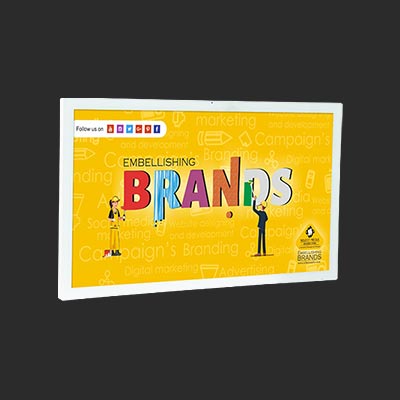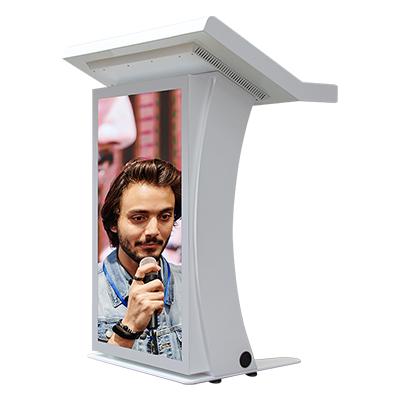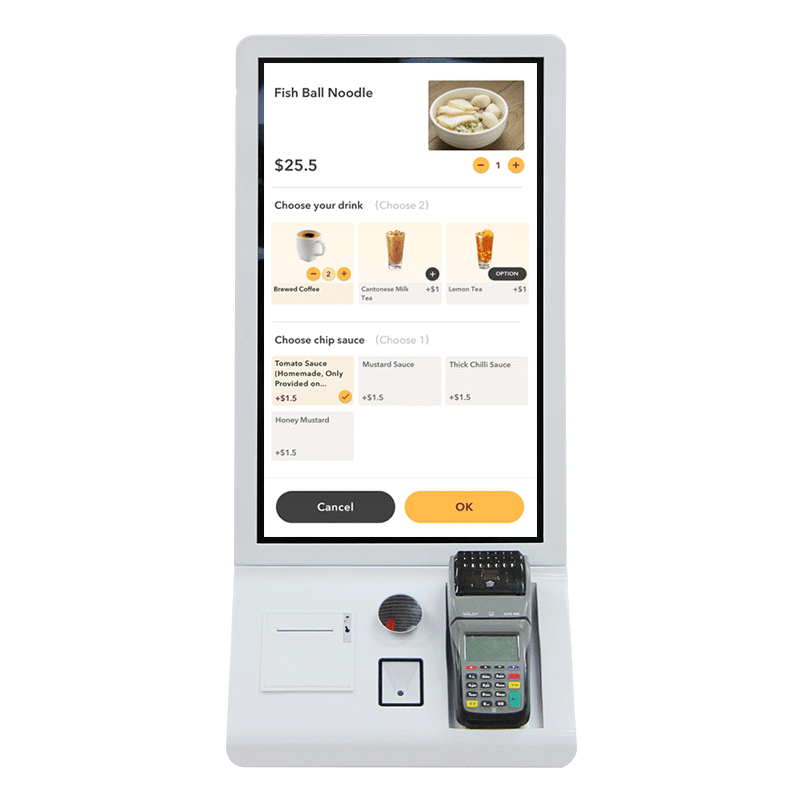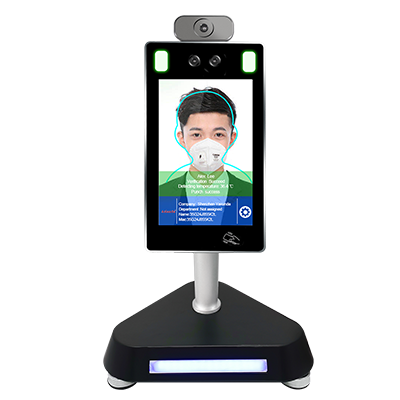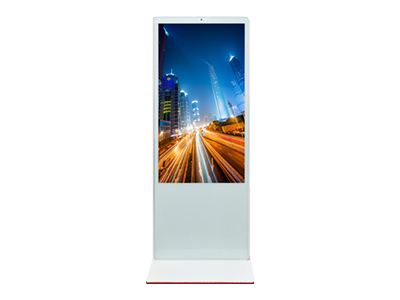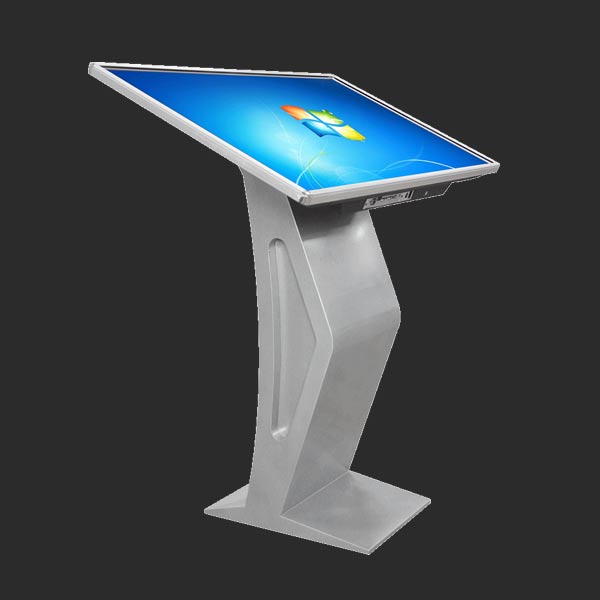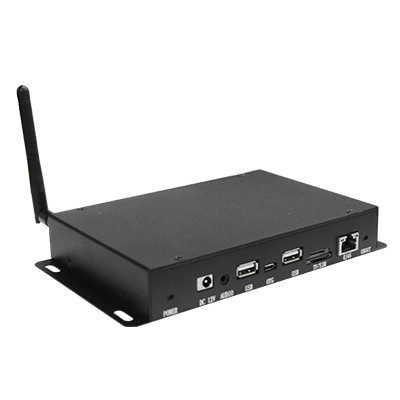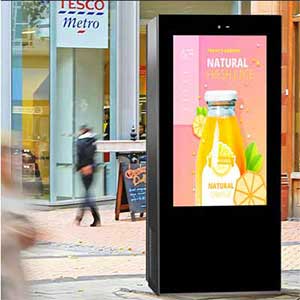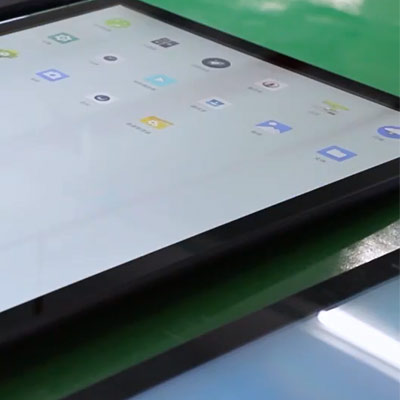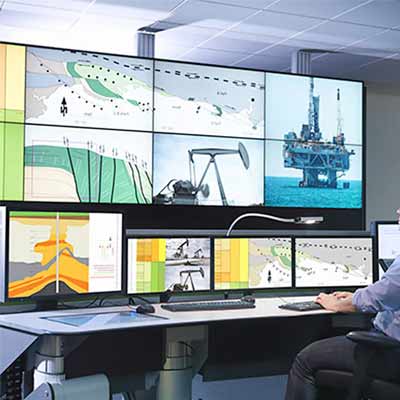3 Things to Consider When Choosing Video Wall Technology
Published:2022-02-22Views:1346
Due to the important data information of the information displayed by the video wall, the content of the information given by the video wall is particularly important, and there are several very important factors to be considered.
1. Image quality
Quick access to important information content enables employees to make informed decisions. In the operations center, real-time data display information on a video wall. Due to the important data information of the video wall display information, the image quality given by the video wall is particularly important.
In a command and control environment, every operator should be able to view the details of the data messages displayed on the video wall of the operations center as clearly as possible.
Factors such as brightness, resolution, contrast, and color all affect the visibility of data information. This factor directly affects the legibility of the information contained on the video wall.
Resolution is also an important consideration when displaying large or detailed informational images. In a command and control environment, every operator needs to be able to view the details of the data information displayed on the video wall of the operations center as clearly as possible. Even the operators closest to the command center video wall should not see visible pixel structures.
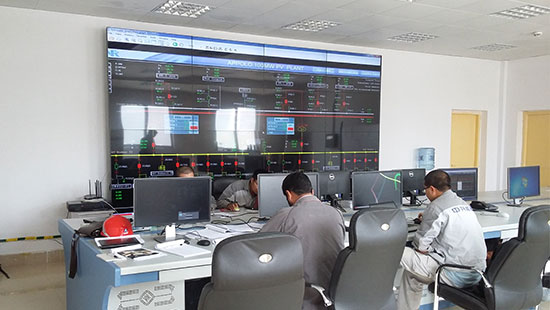 2. What are you going to show?
2. What are you going to show?
The content of the information displayed on the video wall can influence which technology is the best choice.
Whether the information content and graphics of the displayed information are constantly changing or essentially static. If the image is static, you communicate this information to your provider to ensure that it is not possible to burn the image with the chosen technology.
What will display information on the video wall plays a particularly important role in determining which display technology you should choose. Your content choices influence decisions about video walls, from ideal size and viewing distance to display resolution and pixel pitch requirements.
It is also important to determine what information you plan to display, as it also affects other technologies in the video wall system software, such as the display information wall processor and control system.
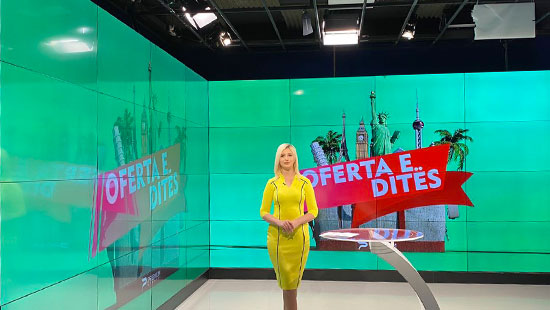 3. Life/Reliability
3. Life/Reliability
Video walls in the operations center are used to provide 24/7 data monitoring so operators can effectively respond to critical events. In this space of continuous operation, shutting down devices, for extended periods of time is not an option. From major events and financial crises to poor publicity plans, even the briefest system failure can lead to devastating problems.
Mission-critical video wall display technology should be high quality and resilient, while system software should be designed to be redundant. Not every monitor is designed to withstand 24/724 use, so you need to understand technology options for your mission-critical tasks.
Not only should a monitor be designed to have a 24/724 lifespan, but it should also be easy to service so any issues can be dealt with as quickly as possible. Mission-critical video wall display technology should be modular in design for quick and easy service. Asianda also offers a long-term service plan to ensure that we can address any issues that may arise with your display technology as quickly as possible.
For a particularly important project, you need a regular and reliable supplier to help you make the right choice. With Asianda's extensive experience and its custom design services and long-term service contracts, we focus on ensuring your critical projects run at peak performance.
1. Image quality
Quick access to important information content enables employees to make informed decisions. In the operations center, real-time data display information on a video wall. Due to the important data information of the video wall display information, the image quality given by the video wall is particularly important.
In a command and control environment, every operator should be able to view the details of the data messages displayed on the video wall of the operations center as clearly as possible.
Factors such as brightness, resolution, contrast, and color all affect the visibility of data information. This factor directly affects the legibility of the information contained on the video wall.
Resolution is also an important consideration when displaying large or detailed informational images. In a command and control environment, every operator needs to be able to view the details of the data information displayed on the video wall of the operations center as clearly as possible. Even the operators closest to the command center video wall should not see visible pixel structures.

The content of the information displayed on the video wall can influence which technology is the best choice.
Whether the information content and graphics of the displayed information are constantly changing or essentially static. If the image is static, you communicate this information to your provider to ensure that it is not possible to burn the image with the chosen technology.
What will display information on the video wall plays a particularly important role in determining which display technology you should choose. Your content choices influence decisions about video walls, from ideal size and viewing distance to display resolution and pixel pitch requirements.
It is also important to determine what information you plan to display, as it also affects other technologies in the video wall system software, such as the display information wall processor and control system.

Video walls in the operations center are used to provide 24/7 data monitoring so operators can effectively respond to critical events. In this space of continuous operation, shutting down devices, for extended periods of time is not an option. From major events and financial crises to poor publicity plans, even the briefest system failure can lead to devastating problems.
Mission-critical video wall display technology should be high quality and resilient, while system software should be designed to be redundant. Not every monitor is designed to withstand 24/724 use, so you need to understand technology options for your mission-critical tasks.
Not only should a monitor be designed to have a 24/724 lifespan, but it should also be easy to service so any issues can be dealt with as quickly as possible. Mission-critical video wall display technology should be modular in design for quick and easy service. Asianda also offers a long-term service plan to ensure that we can address any issues that may arise with your display technology as quickly as possible.
For a particularly important project, you need a regular and reliable supplier to help you make the right choice. With Asianda's extensive experience and its custom design services and long-term service contracts, we focus on ensuring your critical projects run at peak performance.

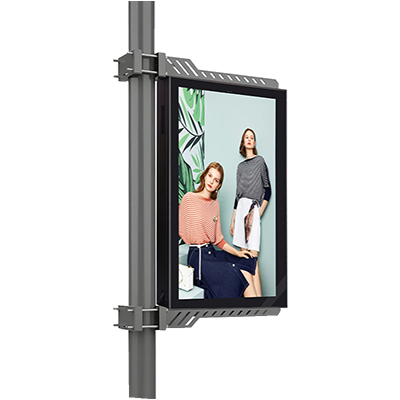
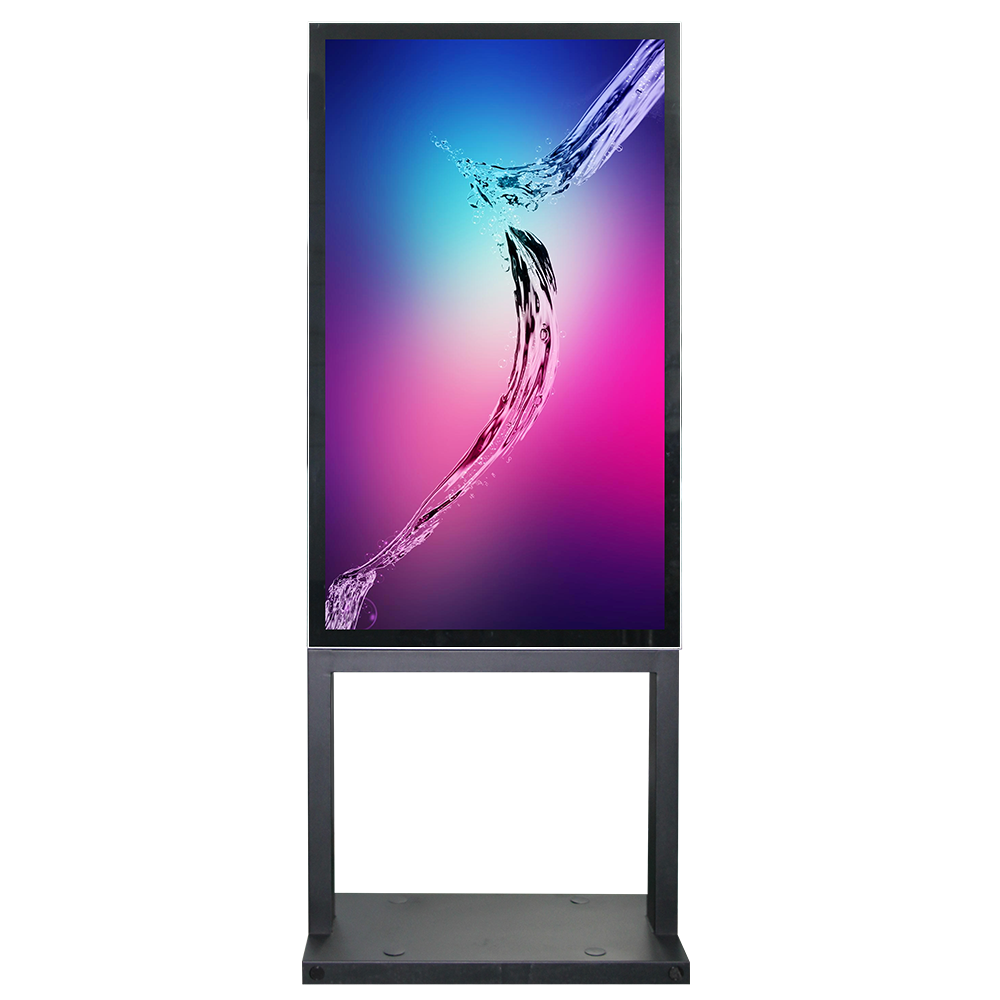
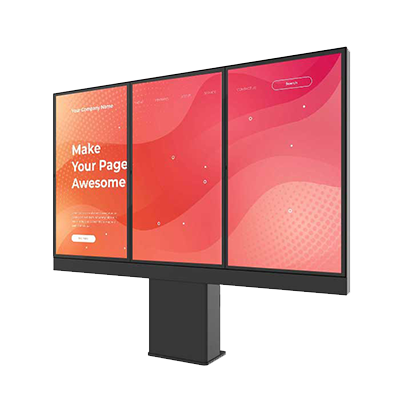
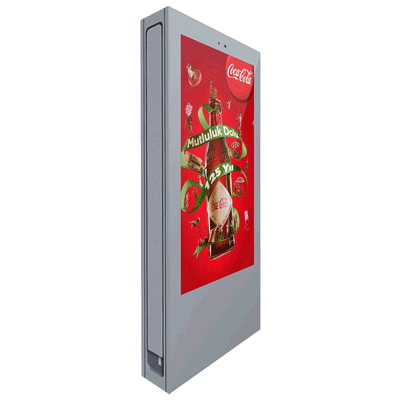
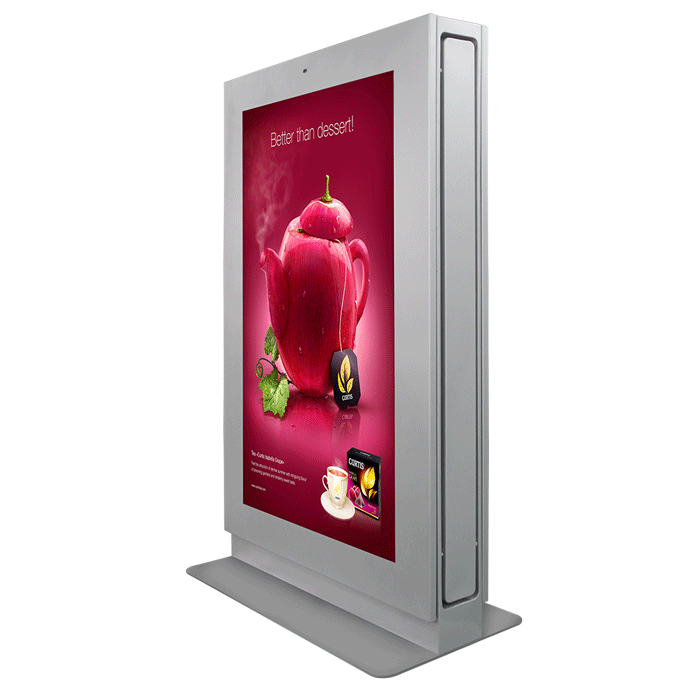
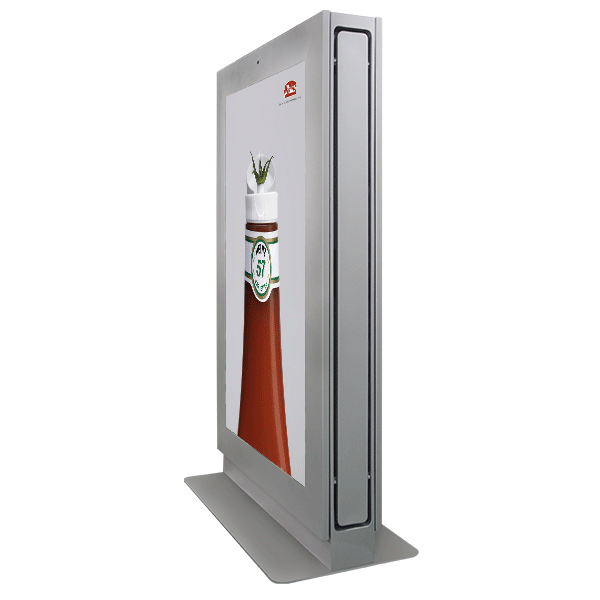
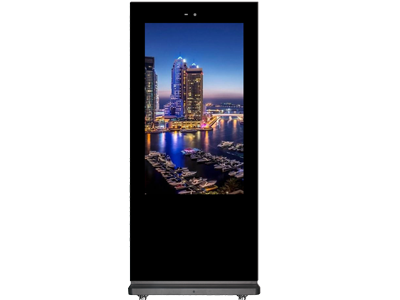

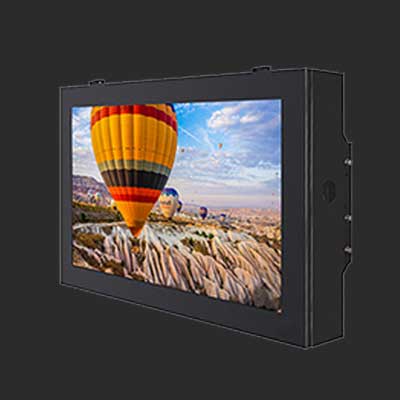
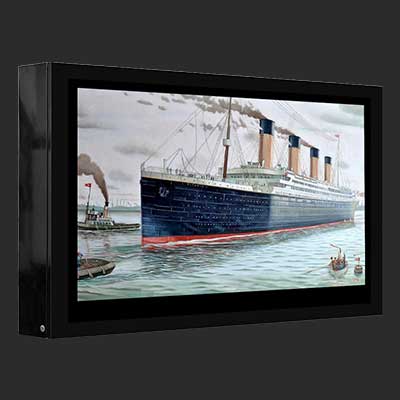
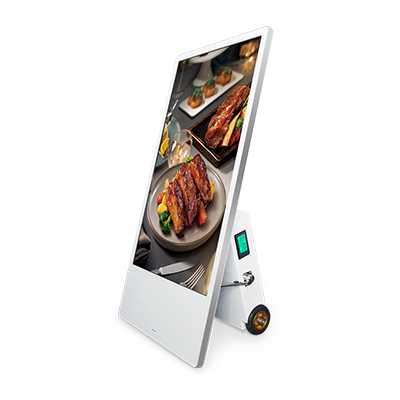
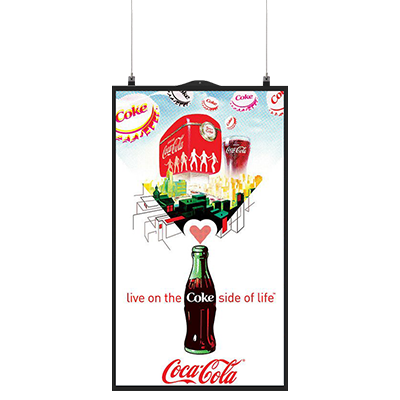

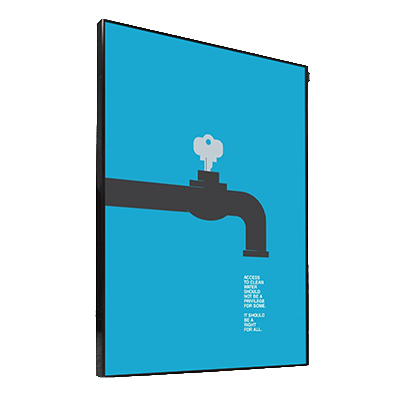


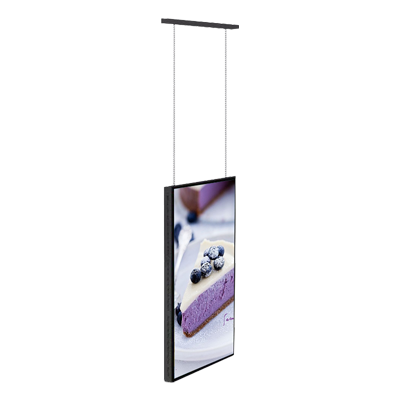
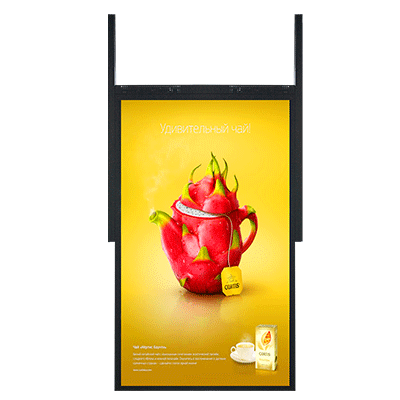
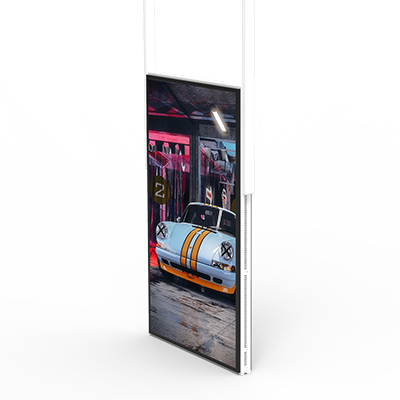
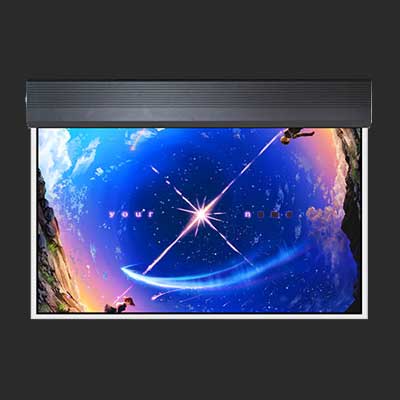

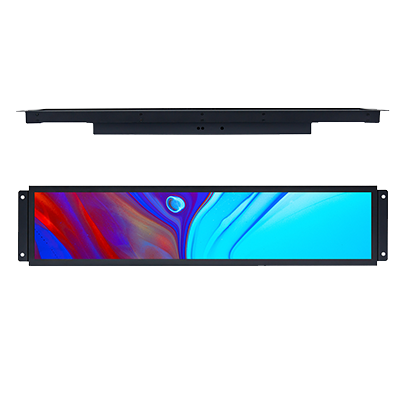
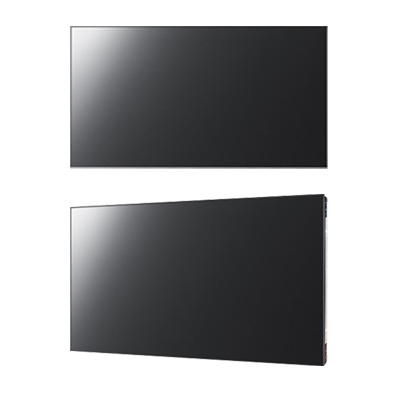
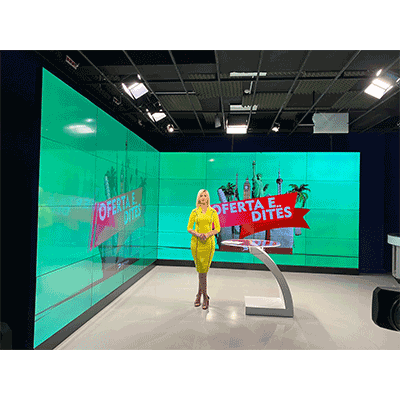
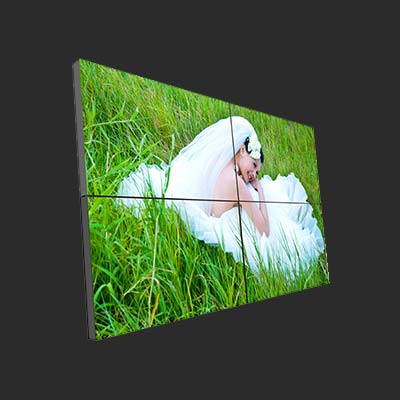
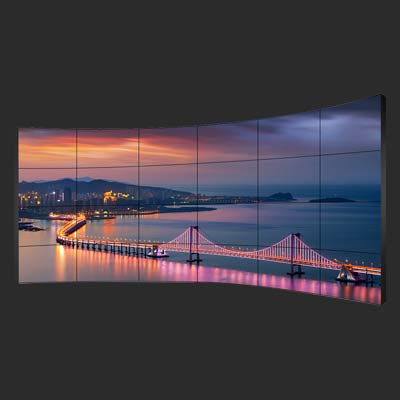

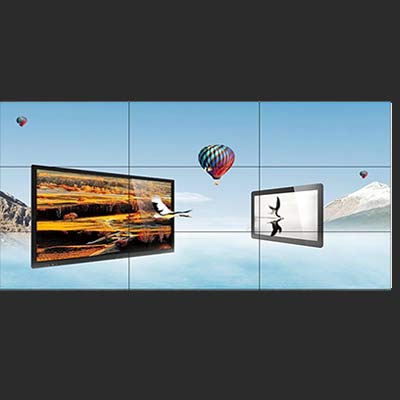
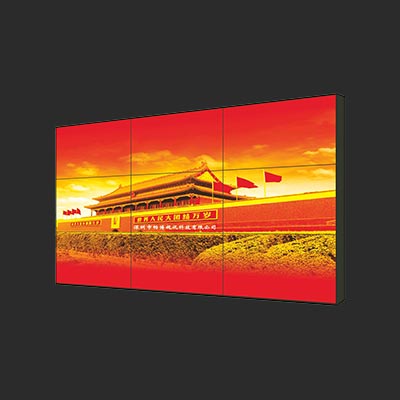
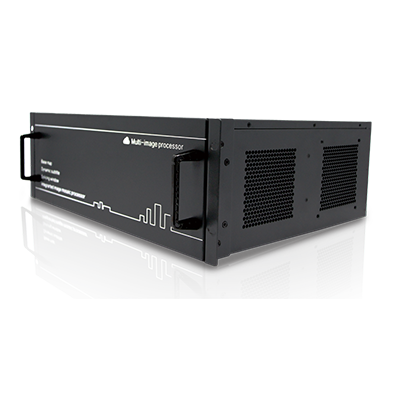

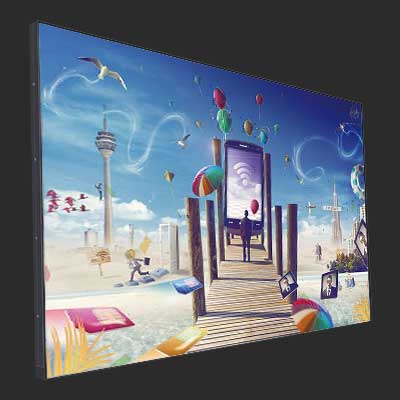

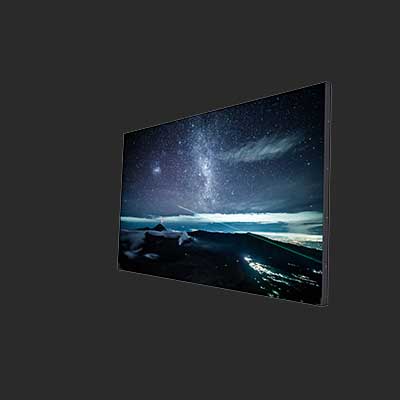
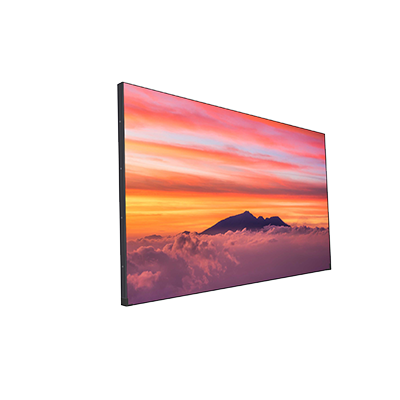
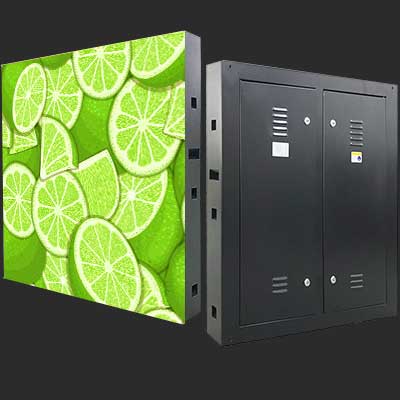

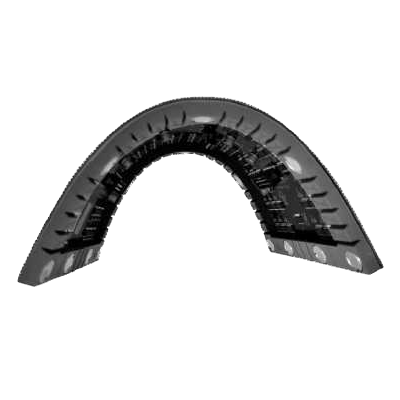
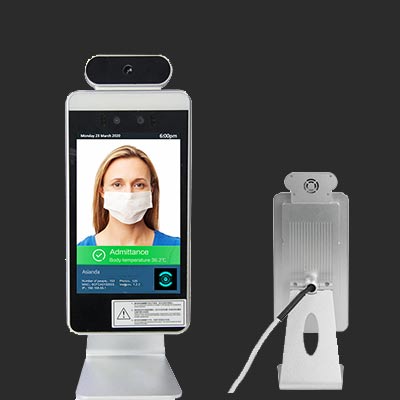
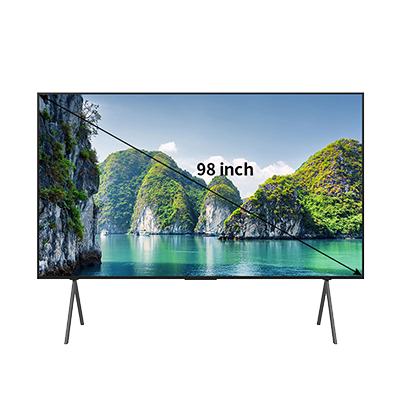
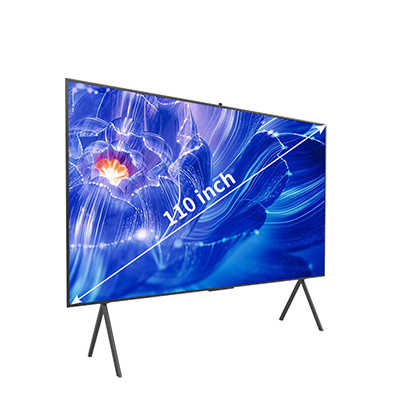
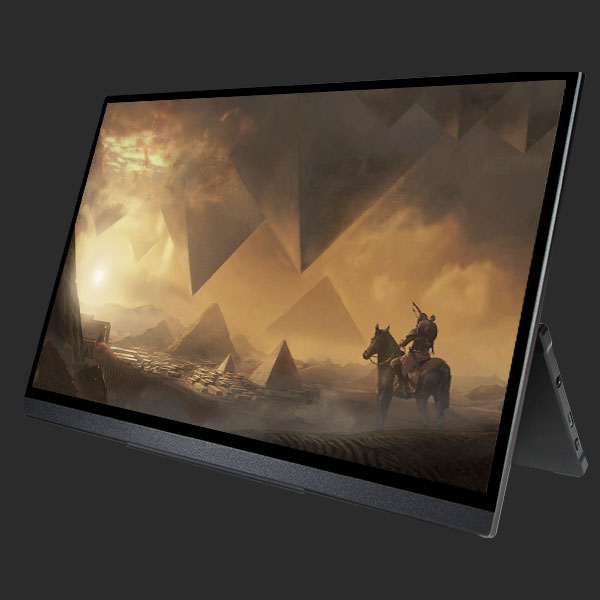
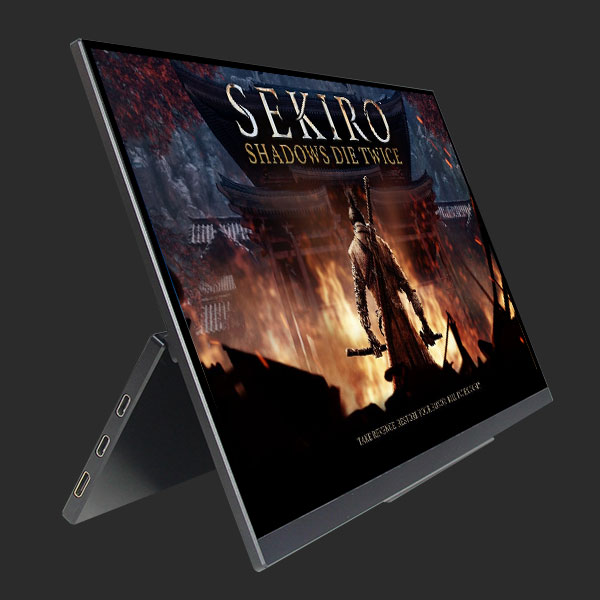
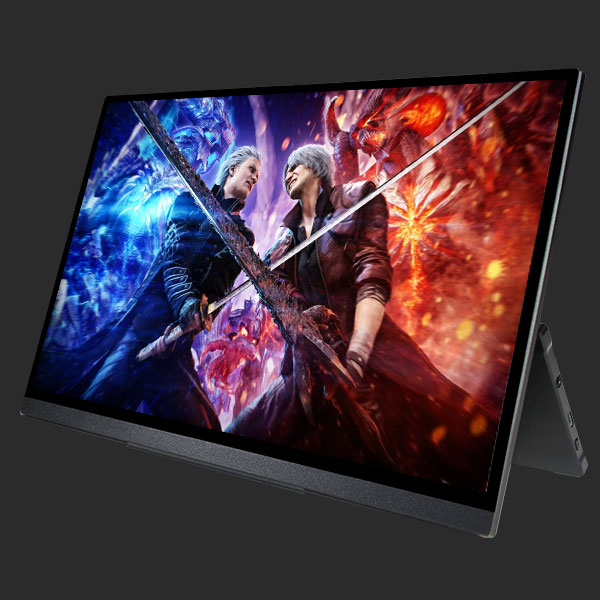
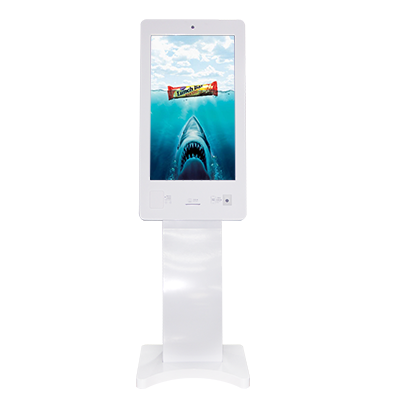
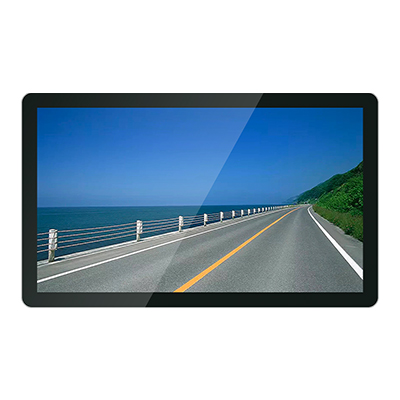
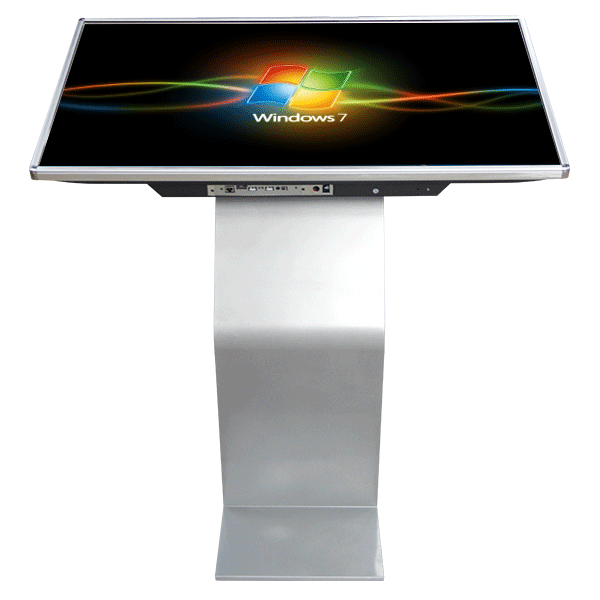
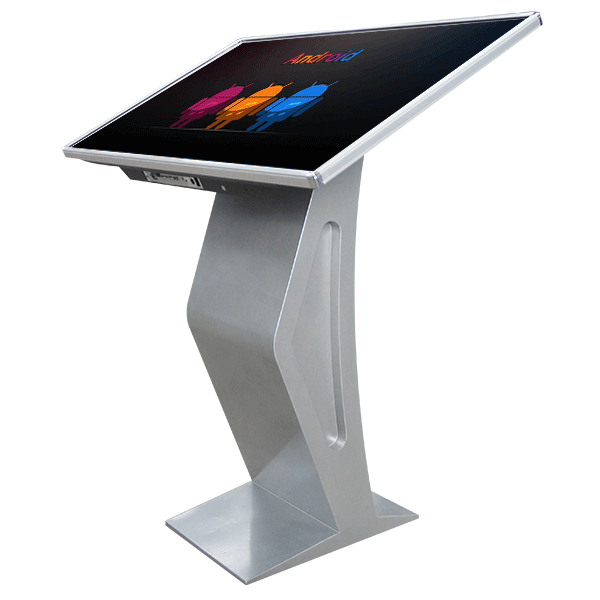
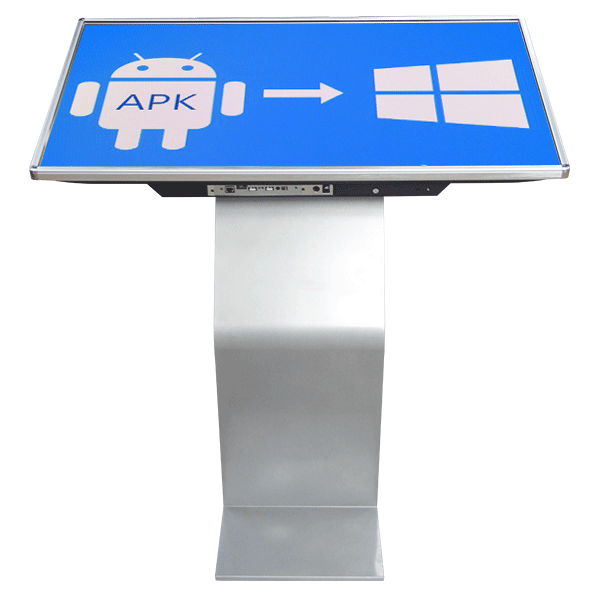
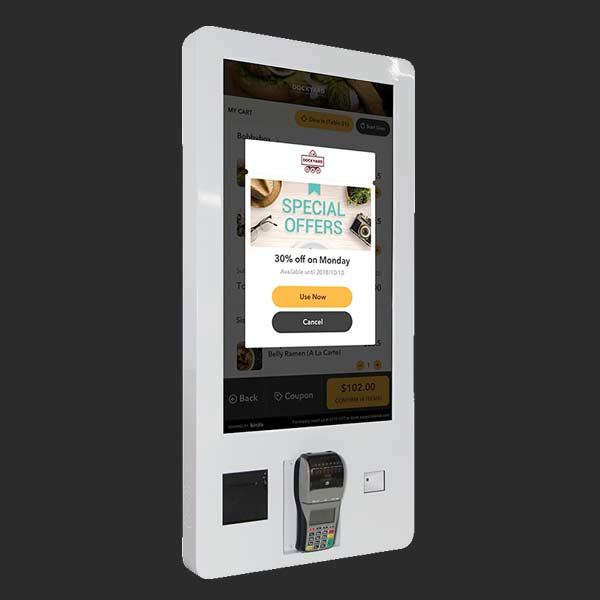
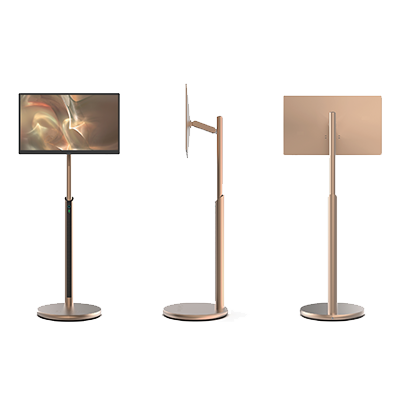
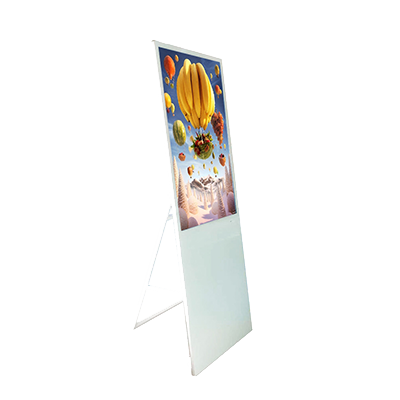
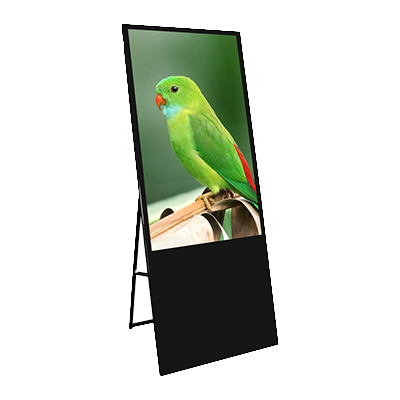
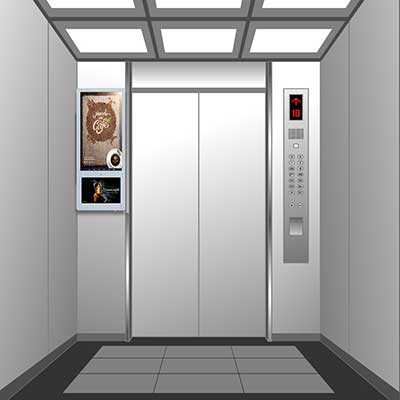
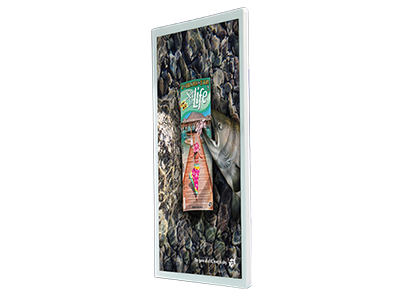
.png)
